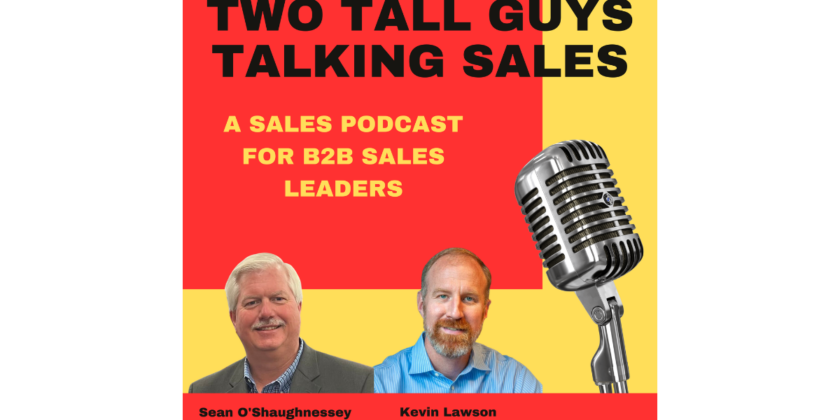In B2B sales, professionals grapple with many challenges that can make or break their success. Clearly articulating a unique selling proposition (USP) stands out as a cornerstone for distinguishing oneself from the competition. This capability is not just a nicety—it’s a necessity. As businesses strive to carve out their niche in crowded markets, understanding and communicating what makes them distinct becomes paramount.
The concept of a USP or value proposition is often used interchangeably, yet its essence lies in differentiation. It’s about answering the pivotal question: why should customers choose you over others? This query isn’t trivial; it’s fundamental to the survival and growth of any business. As we delve deeper, it becomes evident that the challenge isn’t just about having a unique offering but about ensuring that every sales and leadership team member can communicate this uniqueness consistently and effectively.
The repercussions of failing to do so are significant. A disjointed message can lead to confusion in the marketplace, eroding trust and making it difficult to attract and retain customers. Furthermore, in an era where talent is a key competitive advantage, a clear and compelling USP can also be a magnet for attracting top sales talent. Articulating what sets a company apart is crucial for winning customers and building a strong, cohesive sales team.
Achieving alignment on a USP requires a deliberate effort. It involves going beyond superficial statements that could apply to any company and digging deep to identify what truly makes your business special. This process can be challenging, requiring businesses to engage in introspection and sometimes difficult conversations. However, the rewards of getting it right are substantial. A well-articulated USP can be the foundation for all sales and marketing efforts, providing a clear, compelling reason for customers to choose your company.
One effective strategy for uncovering your USP is to engage directly with your customers. Businesses can gain often overlooked insights by understanding why they chose your company and what they value most about your offering. This customer-centric approach helps refine your USP and ensures that it resonates with the people you aim to serve.
Furthermore, consistency in communication is key. It is crucial that everyone from the sales team to the marketing team and the CEO can articulate the USP consistently. This doesn’t mean reciting a scripted message but rather understanding the core essence of what makes the company unique and being able to convey that in various contexts.
Communicating a unique selling proposition is not just a sales challenge; it’s a strategic imperative for businesses aiming to thrive in the competitive landscape of B2B sales. It requires a concerted effort to identify, articulate, and consistently communicate what makes your business unique. By doing so, companies can differentiate themselves in the eyes of both customers and potential sales talent, paving the way for sustained growth and success.
Immediate actions that you can use
- Conduct a USP Workshop: Organize a workshop with your sales and leadership teams to dive deep into your current unique selling proposition (USP). Use this session to critically assess whether your USP truly differentiates your offering from the competition and aligns with your target customers’ needs. Employ techniques like customer feedback analysis and competitor comparison to refine your USP, ensuring it’s both compelling and clearly communicated by all team members.
- Revise Sales Materials and Messaging: Review and revise your sales collateral, website content, and social media messaging to ensure consistency and alignment with your refined USP. This action ensures that all touchpoints with potential customers reinforce the unique benefits of choosing your service or product. Consider involving a cross-functional team in this process to guarantee that the USP is clearly and effectively integrated across all platforms and materials.
- Engage in Customer Conversations: Starting today, initiate conversations with a selection of your most valued customers. The objective is to understand why they chose your company over others. Ask specific questions to uncover the aspects of your product or service they find most valuable and unique. Use these insights to validate your USP and discover potential areas for further differentiation. This direct feedback will be invaluable in fine-tuning your sales strategy and enhancing your competitive edge in the market.


